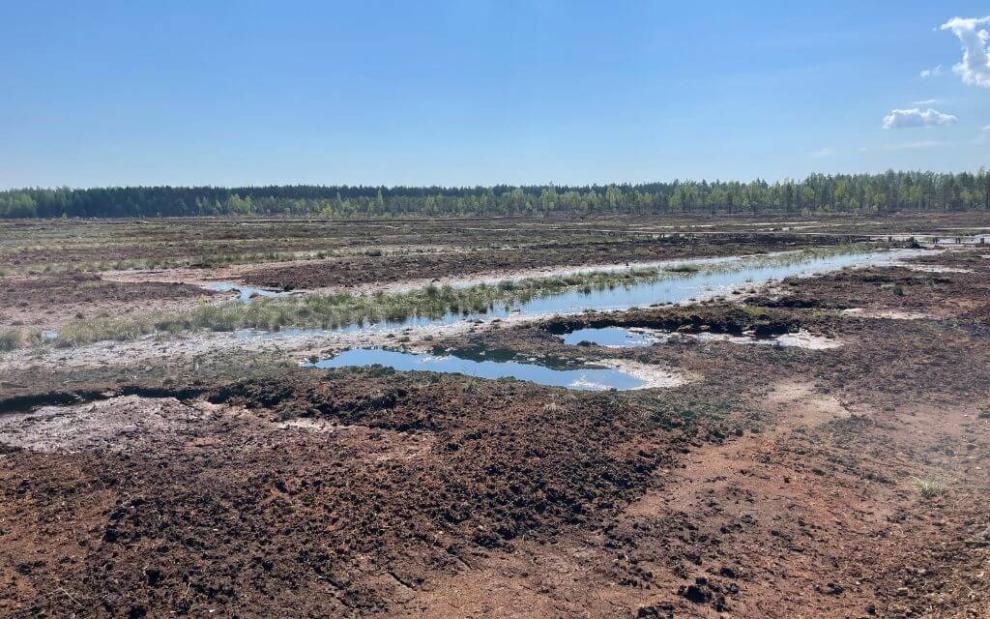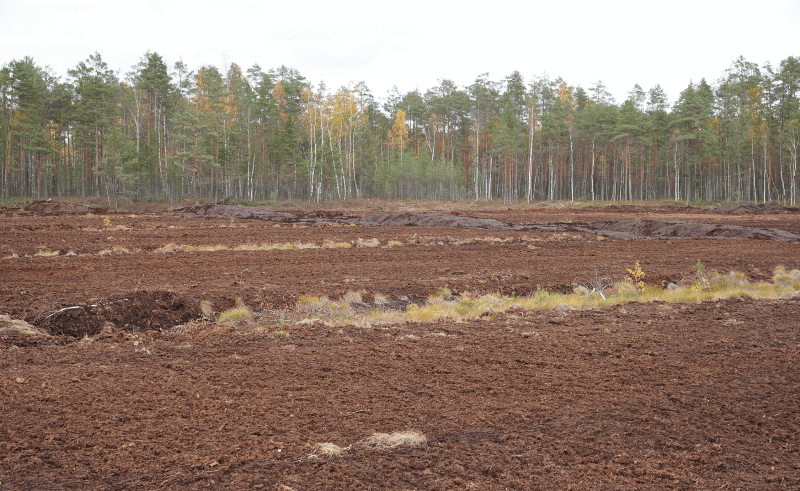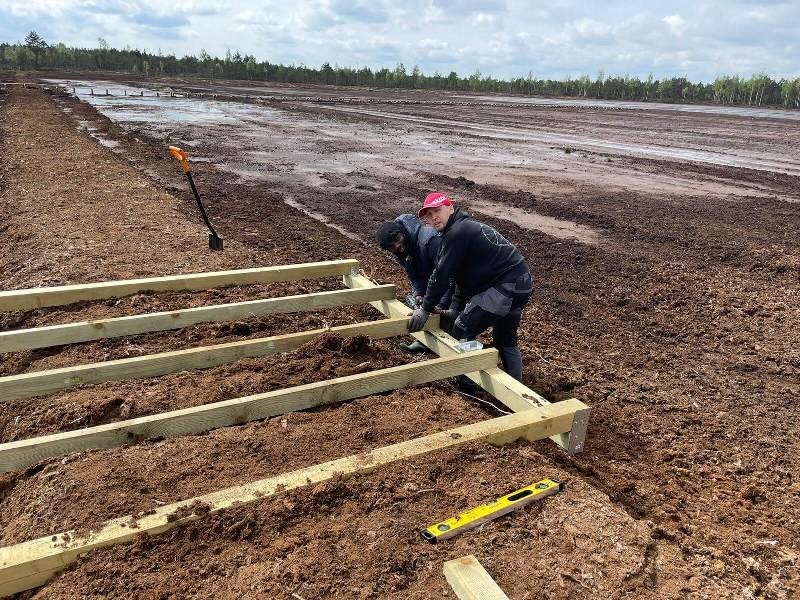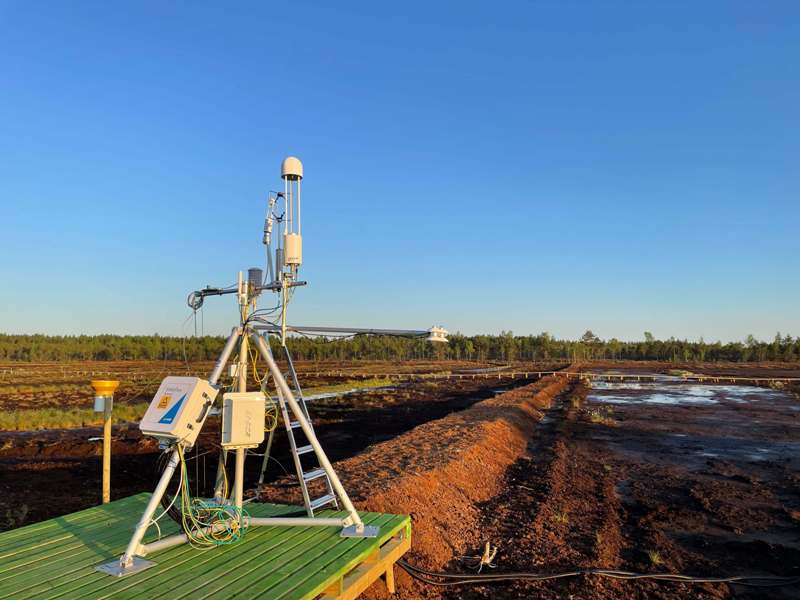The team in Estonia has assembled the equipment to measure the GHG fluxes of the Ess-soo wetland. Read more.

Ess-soo bog in southwest Estonia is of limnogenic origin and most of the bog is part of the landscape protection area (212 ha) where the peat layer varies from 4 to 6 m. The eastern part of the bog (50 ha) was extensively drained for peat extraction and abandoned in 1994 and is not currently protected.
The current site represents an example of the active citizens' engagement to stop the expansion of drainage and peat extraction to protect and promote restoration of the current area. This OL currently has ongoing restoration activities.

The site has several sub-sites with different restoration approaches, which include a control site, three sites with sphagnum cultivation with different water table depths and a shallow water wetland that will be vegetated with common reed (Phragmites australis).
In this area, an Eddy Covariance tower has been installed. The station installed at the Ess-soo wetland will measure continuous fluxes of CO2, CH4, and H2O. In addition, other meteorological parameters will be measured, such as wind speed and direction, incoming and outgoing solar radiation, air temperature, air humidity, soil moisture, soil heat flux, soil temperature, precipitation, and photosynthetically active radiation.

The station should give us information about the carbon balance of the restored ecosystems and also what additional parameters will affect the fluxes.

The team coordinating the Ess-Soo REWET Open Lab is composed by Kuno Kasak, Associate Professor at the University of Tartu, Ph.D. student Isaac Okiti, and technician Mihkel Pindus.
The text and the pictures of this article have been provided by Kuno Kasak, Associate Professor in Ecotechnology at the University of Tartu.